Traditional Thanksgiving foods have a lot to offer in terms of nutrition. From turkey and sweet potatoes to cranberries and pumpkin pie, take a look at the balance of nutrients this colorful meal has to offer.

Thanksgiving is one of my favorite holidays. Aside from family gatherings, it’s a time to reunite with friends and reflect on all that we have to be thankful for. For some, it holds strong historical roots, and for others (like my dad) it’s an entire day devoted to watching football.
It involves a lot of delicious food, too.
While there’s usually no shortage of desserts, traditional Thanksgiving foods are naturally packed full of nutrition. The natural bright orange, yellow and red colors that you see on the holiday table come from the phytonutrients found in those foods. Those colorful compounds offer lots of health benefits.
As you sit down this year to a beautiful meal, savor and enjoy the balance of flavors and textures and be thankful for the perfect combination of nutrients in the food. The nutrients they contain work to nourish your body.
RED FOODS
When it comes to red foods, the options are endless. But, my mind automatically goes to cranberry sauce. It’s a must have for any traditional Thanksgiving.
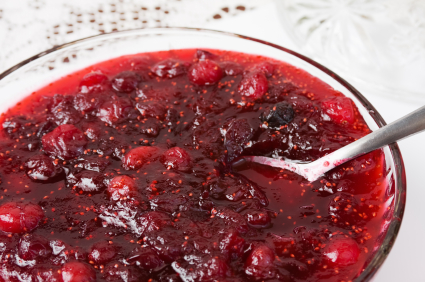
My mom loved the canned stuff, but I never developed a taste for it. I do, however, love the sweetness that cranberries can bring to a dish. If you don’t like cranberry sauce, you can still enjoy the flavor and health benefits by incorporating them into other foods, like added them into a sweet potato casserole or making a cranberry bread.
Cranberries are packed full of vitamin C, fiber and phytonutrients. Vitamin C is a big supporter of your immune system and helps with wound healing and keeping your gums healthy. Fiber promotes digestive and colon health, while those phytonutrients act as antioxidants, protecting your cells from harmful free radicals.
YELLOW FOODS
Yellow foods contain phytonutrients known as bioflavonoids and carotenoids. Carotenoids act as antioxidants in your body, helping to fight off free radicals as I mentioned above. They ‘re also packed with potassium, fiber and B-vitamins, especially thiamin and pantothenic acid.
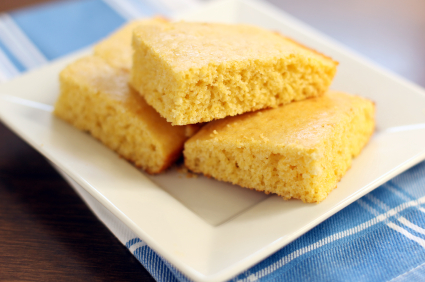
Corn , corn pudding and corn bread come to my mind. Yellow squash is another fall favorite!
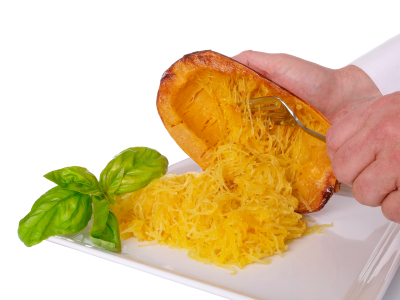
WHITE FOODS
Yes, even white foods deserve a place on your plate. Potatoes are a popular Thanksgiving dish – served mashed, roasted, baked or au gratin. Whatever way you serve them, they are packed full of potassium. In fact, potatoes the #1 source of potassium in the American diet. They also contribute to your daily needs for fiber, vitamin C and iron. Try this recipe for crispy roasted potatoes.
Nutrition Tip: Shy away from adding too much heavy cream and butter in your mashed potatoes. Instead, try adding roasted garlic and rosemary to your potatoes, or even mashed cauliflower to boost your dish! Also, get all the benefits of fiber by keeping the skin on.
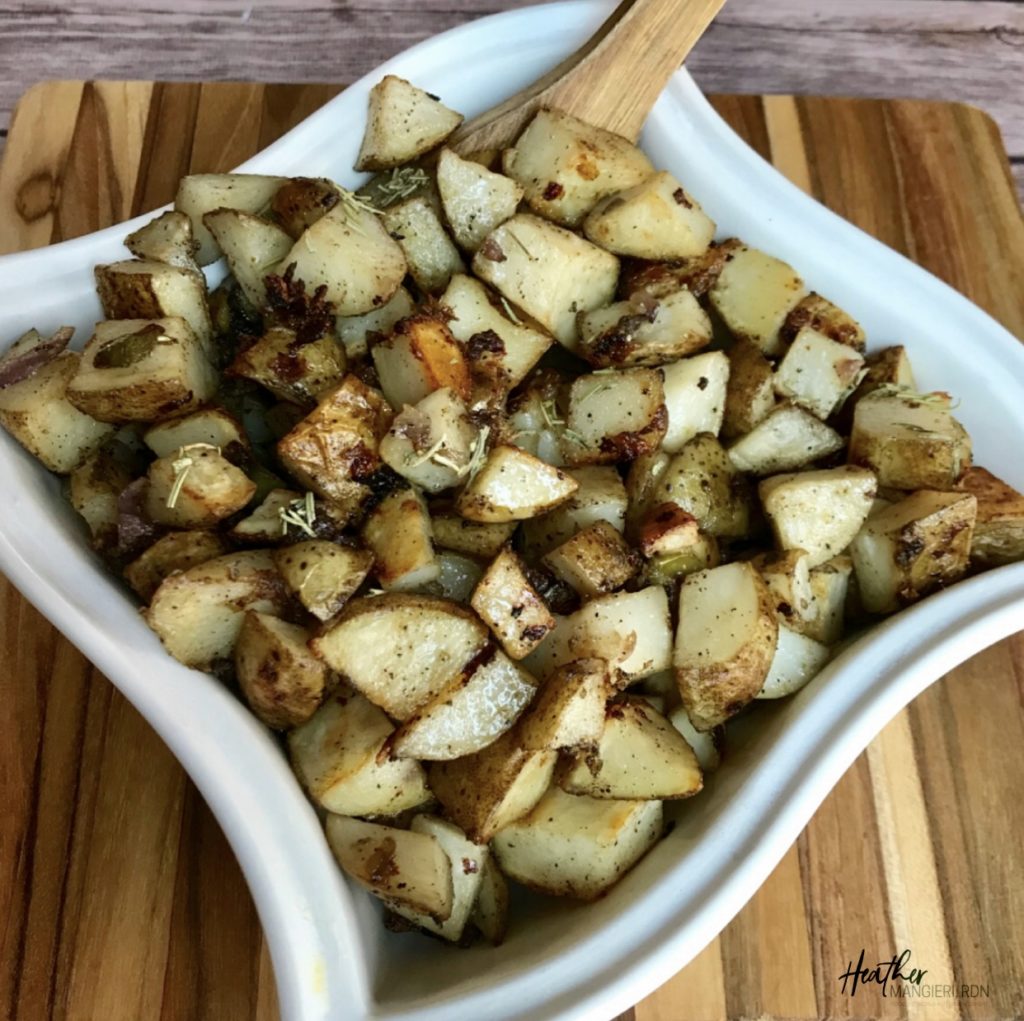
When talking about white foods we can’t forget about the main dish. Turkey is a great source of high-quality protein, and contains iron, niacin, zinc and B vitamins. It’s also a good source of selenium, a nutrient that’s important for immune health.
Nutrition Tip: Try eating your turkey without the skin and with less gravy to keep the saturated fats to a healthy serving.
BROWN FOODS
Brown might not be the most beautiful, but it is the color of whole wheat – those grains that are packed with B-vitamins, fiber and folate. Thanksgiving makes it easy to load up on these healthy carbohydrates. Think whole wheat rolls and bread stuffing.
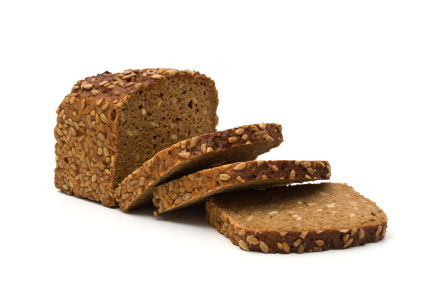 While stuffing was traditionally used to stuff the turkey, today it is often prepared in a variety of ways that can add crunch, color and flavor to the plate. A basic bread stuffing, even the white kind, contributes to our daily need of iron, vitamin A, magnesium, phosphorus and a variety of B vitamins including folate, niacin and thiamin.
While stuffing was traditionally used to stuff the turkey, today it is often prepared in a variety of ways that can add crunch, color and flavor to the plate. A basic bread stuffing, even the white kind, contributes to our daily need of iron, vitamin A, magnesium, phosphorus and a variety of B vitamins including folate, niacin and thiamin.
Nutrition Tip: Aim for whole grains when choosing your rolls and stuffing. For the stuffing, you can add flavor and even more nutrition by incorporating vegetables, nuts or dried fruits (like cranberries) into the mix.
ORANGE FOODS
Thanksgiving wouldn’t be complete without loads of orange side dish. The bright orange color in these foods is an indication that they’re packed with vitamin A and beta-carotene, a nutrient important for both eye and skin health. You’ll also get Vitamin C, manganese, potassium and more fiber.
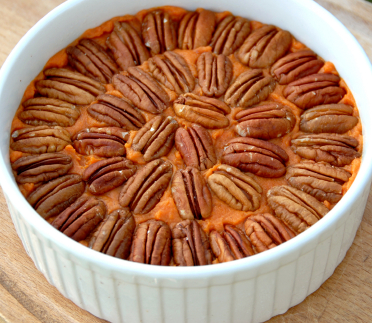
Think sweet potatoes, carrots, butternut squash and pumpkin.
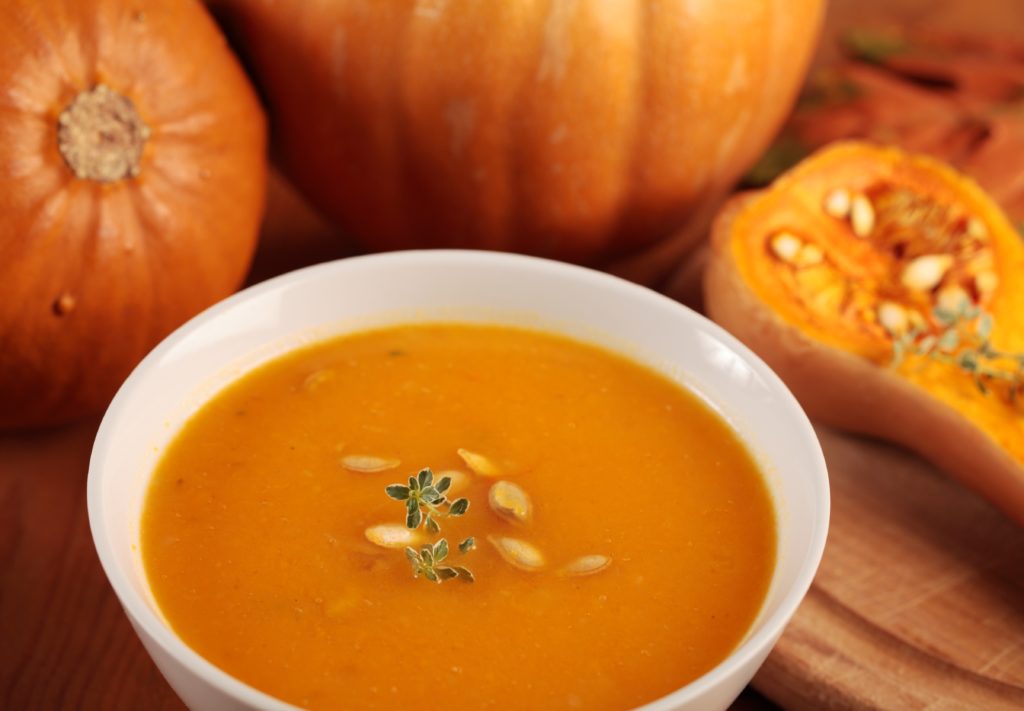
GREEN FOODS
You can’t go wrong with greens, and many traditional Thanksgiving foods fall into this category. Leafy greens, like spinach, kale and collards, are a good source of lutein and zeaxanthin – phytonutrients that may protect your eyes from macular degeneration and cataracts.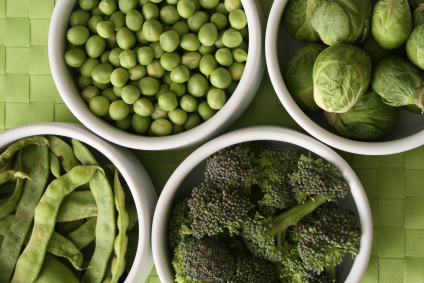
Roasted Brussels sprouts and broccoli are also popular sides served for the holiday. Along with being low in fat, sodium and cholesterol, they also pack more potassium, fiber, folate and vitamins into your meal. However, you prepare them, these greens pack a nutritional punch. Try these roasted Brussels sprouts or green bean and bacon bundles.
No matter what foods you prepare for Thanksgiving, just remember to be mindful about the food choices you use, and load your plate with color!
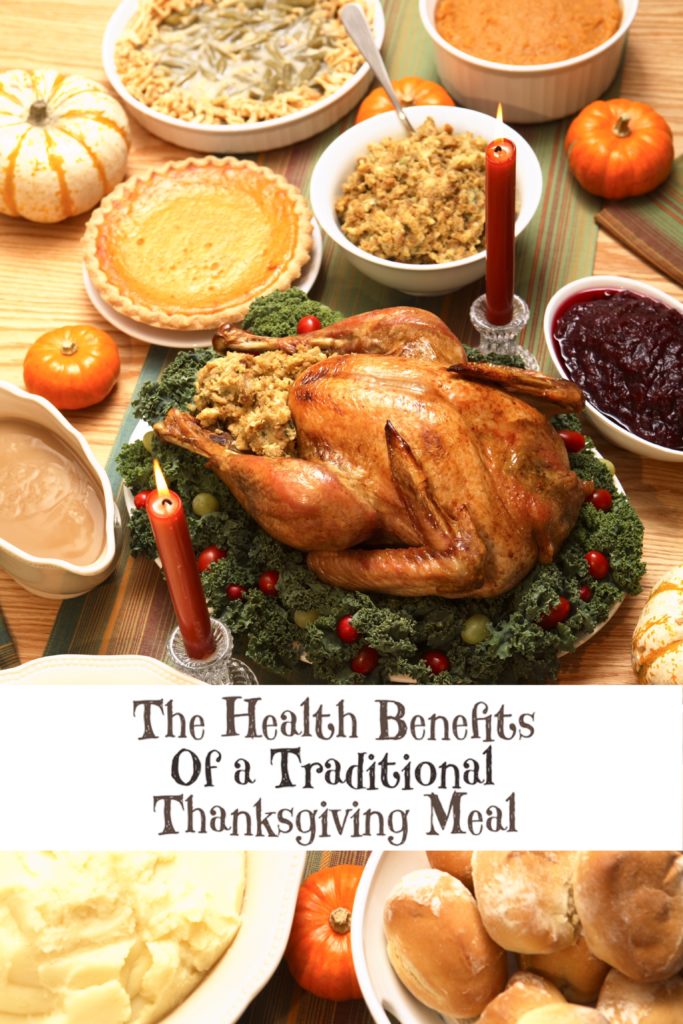
Did you see your traditional Thanksgiving foods on this list? What other foods will you be enjoying this Thanksgiving?

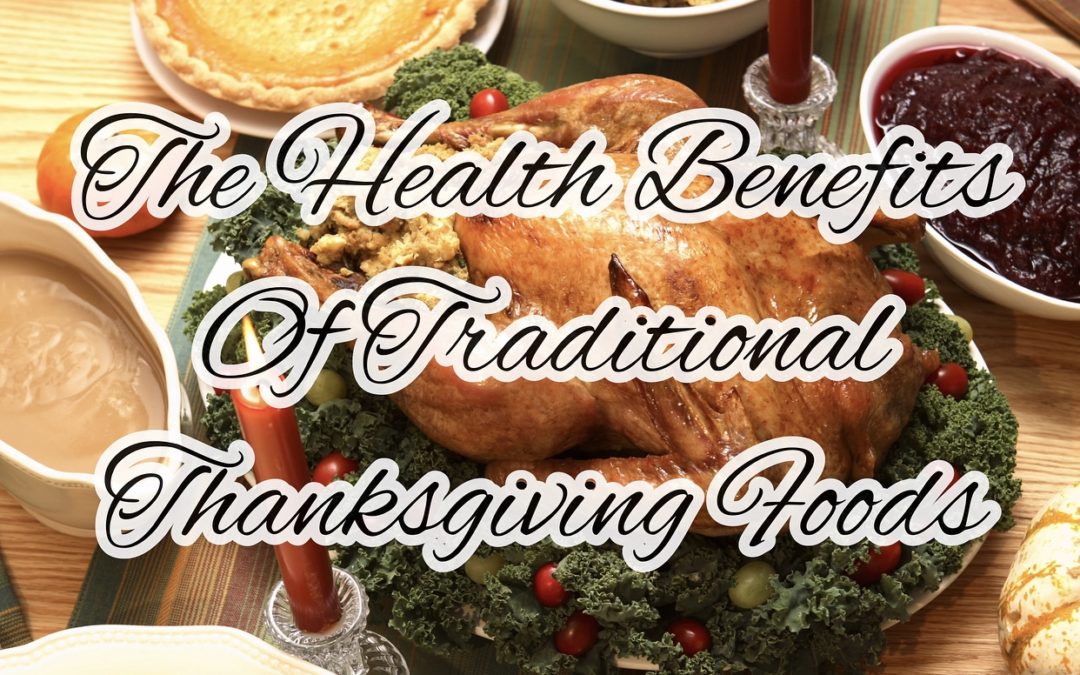
 Hi, I’m Heather – a registered dietitian, busy mom, consultant, adventure junkie and travel addict who has mastered living healthy on the go. My blog is where I share simple recipes and healthy living tips to help and inspire others to live their best life.
Hi, I’m Heather – a registered dietitian, busy mom, consultant, adventure junkie and travel addict who has mastered living healthy on the go. My blog is where I share simple recipes and healthy living tips to help and inspire others to live their best life.